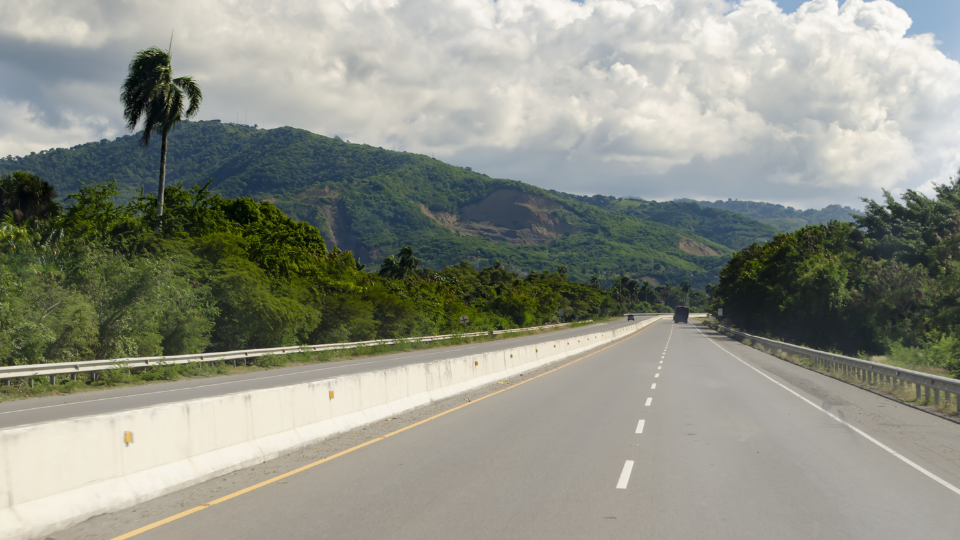Road infrastructure plays a capital role in the logistics and economy of Brazil, a country that relies heavily on road transport for the circulation of goods and people. For 2025, it is essential to analyze the prospects for this industry, highlighting the main challenges, expected advances, and ongoing efforts.
Currently, the Brazilian road network is one of the largest in the world, with more than 1.7 million kilometers of roads. However, only a small part of it is paved, which reflects the need for significant investments in maintenance and expansion. Problems such as potholes, lack of proper signaling, and insufficient infrastructure in remote regions remain critical challenges.
In recent years, the Brazilian government has invested in road concessions to draw private investment. By 2025, new auctions are expected to be held, covering key federal and state highways.
These concessions should contribute to streamlining the infrastructure, with the implementation of electronic tolls, expansion of lanes and improvements in road safety, which will bring greater security to users and cargo transport.
In another aspect, it is important to remember that sustainability has gained momentum in infrastructure planning. Projects prioritizing the use of recyclable materials and more efficient technologies in highway construction are expected to become more common. In addition, the use of digital monitoring tools and intelligent transport systems (ITS) can improve traffic management and help cut operating costs.
The integration between road transport and other modes, such as rail, waterway and ports, is seen as essential to increase logistical efficiency. By 2025, advances are expected in intermodal projects, such as logistics corridors that connect commodity-producing regions to the main ports in the country.
Although Brazil’s Southeast and South concentrate much of the quality infrastructure, regions such as the North and Northeast should receive greater attention by 2025. Projects such as the paving of BR-319, which connects Manaus (Amazonas) to Porto Velho (Rondônia), illustrate efforts to improve connectivity in these regions.
Despite the positive perspectives, there are significant challenges on the Brazilian path to development, namely:
- Red tape: Slow environmental licensing and concession processes delay the implementation of projects;
- Lack of resources: Public funding is limited, requiring greater participation from the private sector;
- Maintenance: The lack of preventive maintenance can compromise the advances made.
Lastly, the prospects for road infrastructure in Brazil in 2025 are high, with expected developments in terms of investments, sustainability, and modal integration. Nevertheless, for these improvements to materialize, overcoming challenges such as red tape and lack of resources is essential.
The modernization of Brazilian highways is not only a logistical necessity, but also a capital step towards economic and social development of the country, which has long lagged in investments in this industry.
Available in: https://www.migalhas.com.br/depeso/425017/principal-perspectiva-de-infraestrutura-rodoviaria-no-brasil-para-2025
Autor: Edyen Valente Calepis • email: edyen@ernestoborges.com.br • Tel.: +55 67 3389 0123

